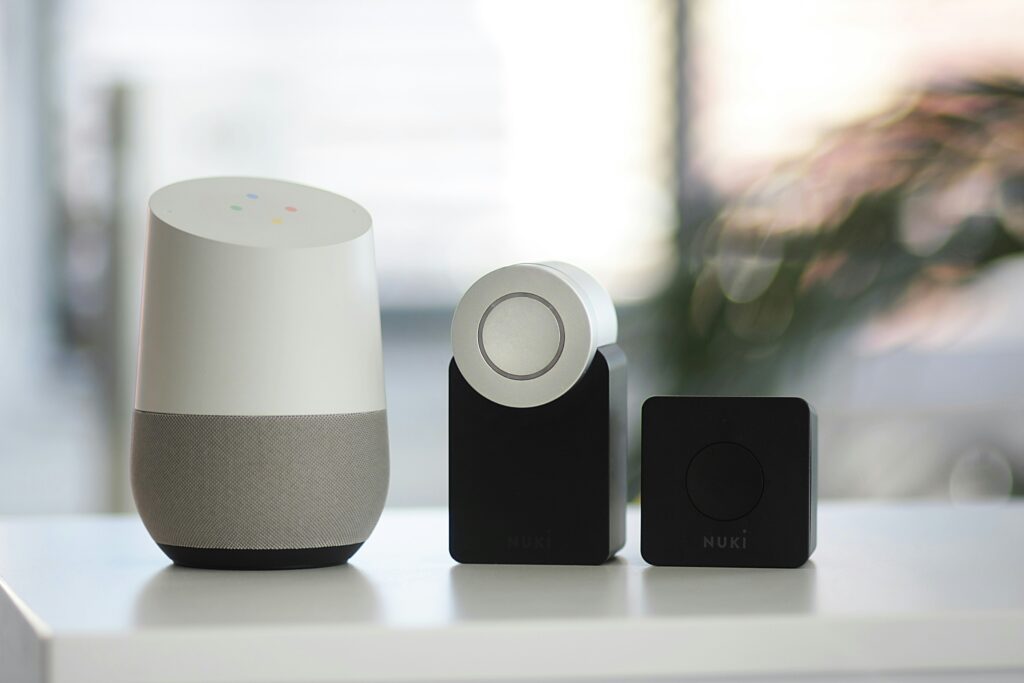In today’s rapidly advancing technological landscape, the term “smart home” has become increasingly prevalent. From controlling lights with a voice command to monitoring home security remotely, the concept of a smart home is revolutionizing the way we live. But what exactly is a smart home? In this comprehensive exploration, we delve into the intricacies of smart homes, uncovering their origins, functionalities, benefits, and future potential.
Understanding the Foundation
To truly grasp the essence of a smart home, we must first understand its foundational elements. At its core, a smart home is equipped with interconnected devices and systems that are capable of automation, remote monitoring, and control. These devices communicate with each other through a network, often referred to as the Internet of Things (IoT), enabling seamless integration and interaction.
Key components of a smart home include:
- Smart thermostats: Devices that regulate indoor temperature based on preferences and occupancy, leading to energy efficiency and cost savings.
- Smart lighting: Bulbs and fixtures that can be controlled remotely or programmed to adjust brightness, color, and ambiance.
- Home security systems: Cameras, sensors, and alarms that offer real-time monitoring and notifications, enhancing safety and peace of mind.
- Smart appliances: Refrigerators, ovens, and washing machines equipped with connectivity features for remote operation and energy optimization.
- Voice assistants: Virtual assistants like Amazon Alexa and Google Assistant that enable voice commands to control various devices and perform tasks.
Evolution of Smart Homes
The concept of smart homes traces back to the early 20th century, with the introduction of basic automation systems like programmable thermostats. However, it wasn’t until the 21st century that technological advancements accelerated the development of smart home technology. The proliferation of high-speed internet, smartphones, and wireless connectivity laid the groundwork for the interconnected ecosystem of smart devices we see today.
Key milestones in the evolution of smart homes include:
- Introduction of the Nest Learning Thermostat in 2011, which pioneered the integration of machine learning algorithms for personalized temperature control.
- Emergence of voice-controlled smart speakers like Amazon Echo and Google Home in 2014, revolutionizing human-computer interaction within the home environment.
- Expansion of smart home ecosystems by tech giants such as Apple, Samsung, and Philips, offering integrated solutions for lighting, security, and entertainment.
- Integration of artificial intelligence (AI) and machine learning technologies to enhance automation, predictive analytics, and adaptive behavior in smart home devices.
Benefits and Advantages
The adoption of smart home technology brings forth a myriad of benefits and advantages for homeowners, ranging from convenience and efficiency to safety and sustainability. Some notable benefits include:
- Convenience: With remote access and automation capabilities, smart homes enable users to control various aspects of their living environment effortlessly.
- Energy efficiency: Smart thermostats, lighting, and appliances optimize energy usage, leading to reduced utility bills and environmental impact.
- Enhanced security: Real-time monitoring and alerts provided by smart security systems offer increased protection against intrusions and hazards.
- Accessibility: Smart home features such as voice control and smartphone apps cater to individuals with disabilities or mobility challenges, promoting inclusivity.
- Peace of mind: Knowing that your home is equipped with advanced monitoring and automation capabilities provides a sense of security and tranquility, especially when away from home.
Challenges and Considerations
Despite the numerous benefits, the adoption of smart home technology also presents challenges and considerations that homeowners should be aware of:
- Interoperability: Compatibility issues may arise when integrating devices from different manufacturers or within proprietary ecosystems, requiring careful planning and research.
- Privacy concerns: The collection of personal data by smart home devices raises privacy and security risks, necessitating robust encryption and data protection measures.
- Reliability and maintenance: Dependence on technology entails the risk of system failures, software bugs, and hardware malfunctions, highlighting the importance of regular maintenance and troubleshooting.
- Cost: The initial investment required for purchasing and installing smart home devices can be substantial, although long-term savings in energy and maintenance costs may offset the expense.
- Learning curve: Adjusting to new interfaces and features may pose challenges for some users, emphasizing the need for user-friendly design and comprehensive support resources.
Future Outlook and Trends
Looking ahead, the future of smart homes holds immense potential for innovation and growth. Several key trends and developments are shaping the trajectory of smart home technology:
- Integration of 5G connectivity: The rollout of 5G networks promises faster speeds, lower latency, and increased bandwidth, facilitating seamless connectivity and enhanced performance for smart home devices.
- Expansion of edge computing: Edge computing infrastructure enables data processing and analysis closer to the source, improving response times and reducing reliance on cloud services for smart home applications.
- Emergence of AI-driven automation: Advanced AI algorithms will enable predictive analytics, context-aware automation, and personalized experiences tailored to individual preferences and behavior.
- Focus on sustainability: Smart home solutions will prioritize energy efficiency, renewable energy integration, and eco-friendly practices to address environmental concerns and promote sustainable living.
- Convergence with smart cities: The integration of smart home technology with urban infrastructure and municipal services will create interconnected ecosystems that optimize resource allocation, mobility, and environmental sustainability on a city-wide scale.
In conclusion, the concept of a smart home represents a paradigm shift in how we interact with and perceive our living spaces. By harnessing the power of connectivity, automation, and artificial intelligence, smart homes offer unparalleled convenience, efficiency, and safety for homeowners. While challenges such as interoperability and privacy concerns persist, ongoing innovation and technological advancements continue to propel the evolution of smart home technology. As we look towards the future, the potential for creating smarter, more sustainable, and interconnected living environments remains limitless, promising a brighter and more intelligent future for homeowners worldwide.
